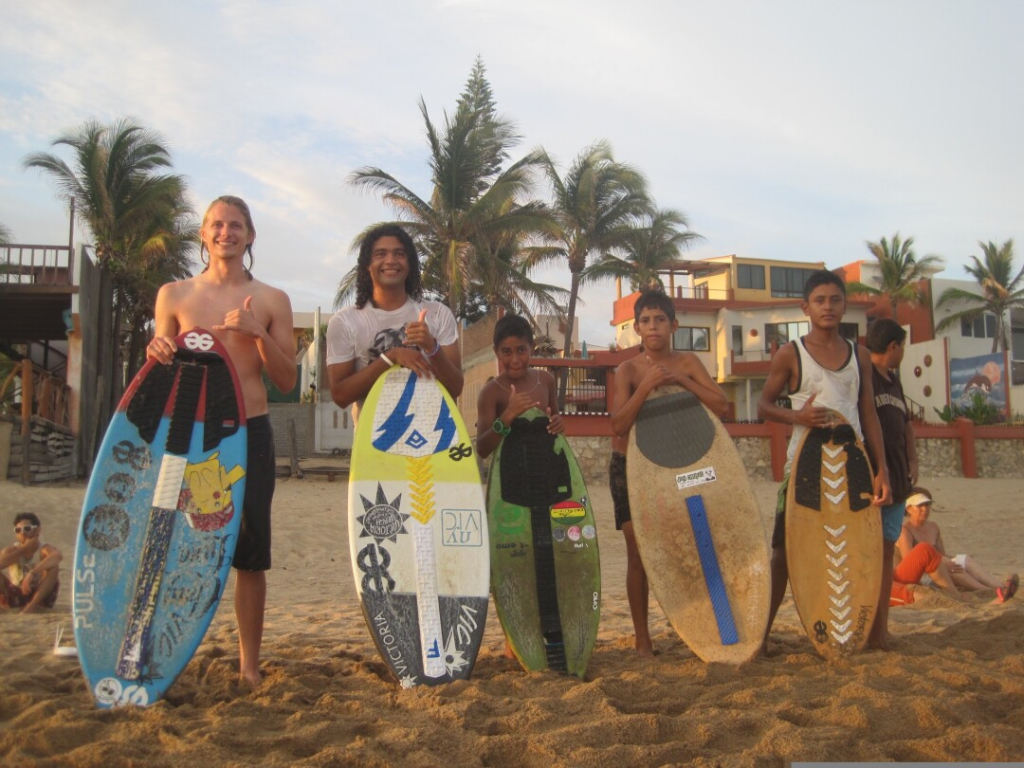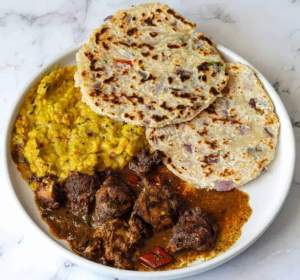Santa Cruz native Evan Quarnstrom is on a post-pandemic year-and-a-half solo trip around the world and reminds us all of the benefits of travel and experiencing new cultures. Fear, he tells us, too often keeps us from life-changing experiences. Here, he details his experiences in Sri Lanka, Mexico and Brazil, all countries deemed “dangerous” by his family, friends and even (at times) the U.S. government. “When you make the transition from unknown to known, fears often vanish,” he writes.
When I told friends in India I had purchased a flight to Sri Lanka, I was met with worried faces.
“Did you know the country is experiencing a financial meltdown? Aren’t there mass protests? It isn’t safe!” they warned.
My family in the United States was worried as well. A Google search for “Sri Lanka” will inevitably lead to stories of civil war and 2019 terrorist attacks.
I understood their concerns, but I was set on surfing the tropical beaches of Sri Lanka’s south coast during my year-and-a-half solo trip abroad. I was convinced I’d be fine.
And, despite our human instinct to latch onto negative news — particularly post-pandemic — my experience traveling to 25 countries (and counting) has taught me the world is generally safer than we are led to believe. It’s all about measured risk.
I discovered this to be true in Sri Lanka.

When I arrived in Sri Lanka and took my first steps on the streets of the nation’s capital, Colombo, life looked normal. There were no riots. The air was humid and heavy, but people still dressed in business attire (seemingly oblivious to how it sticks to your skin) and rushed to downtown jobs. Others stood in line for coffee and pastries while rickshaws swerved and honked through traffic. A mix of temples, mosques and churches was sprinkled across Colombo, which gave me a first glimpse into the diversity of cultures that call this port city home.
In the beach village of Madiha, which I have called home for two months, life is slow and relaxing. People wave as you walk past. Kids gather in the afternoon to play cricket on the lazy streets. My host family repeatedly offers me free meals — my new favorite is a Sri Lankan breakfast of coconut roti and dhal.
I gather with surfers in the mornings; we bob over sea turtles and coral reefs in the crystal-clear waters. One man even offered me a free night in his luxurious beachfront rental, simply because we had a mutual friend.
There is a disparity between the picture painted of the country abroad and the reality.
While it is true Sri Lanka suffered decades of civil war and, more recently, is recovering from a financial and political crisis, not once have I felt unsafe. Sri Lankans are overwhelmingly warm, friendly people. They have welcomed me, even helping me learn their language, Sinhala. On one memorable occasion, when I got lost on a dirt road and pulled over to ask for directions, a man repeatedly thanked me for coming to Sri Lanka, despite the shortages of medicine, gasoline and other commodities, inflation and the U.S. travel advisories that have deterred many tourists.
American fear of travel abroad predates the pandemic. But three years of pandemic news and quarantine have exacerbated those doubts, making many wary of exposing themselves to the wider world. There is even a phrase for this. It’s called “reentry anxiety” and according to the American Psychological Association, it is affecting nearly half of American adults.
One way to counter this fear is to jump back in. When you make the transition from unknown to known, fears often vanish.
That transition also happened to me in other “dangerous” countries like Brazil and Mexico.
Read more about the journey!

